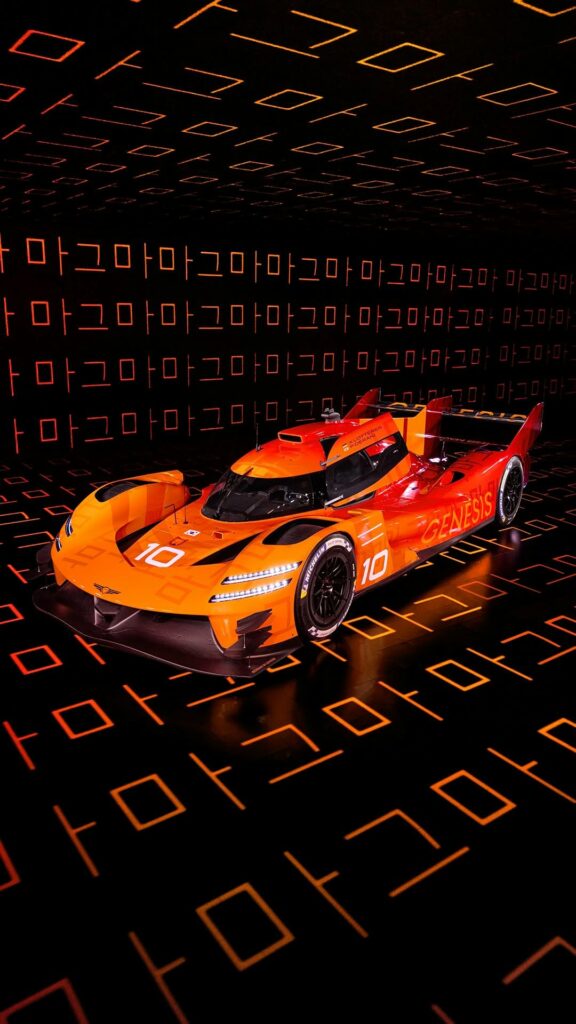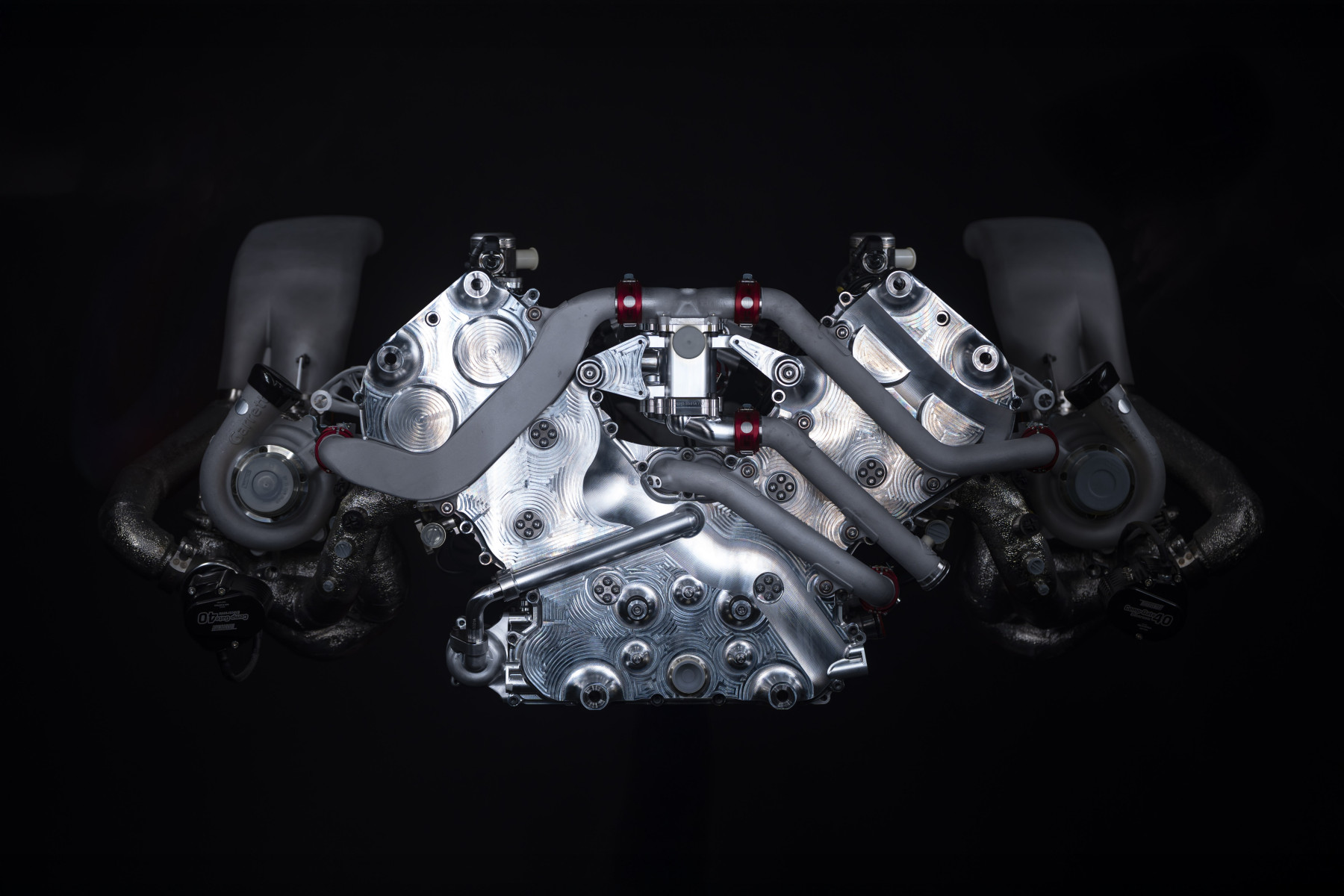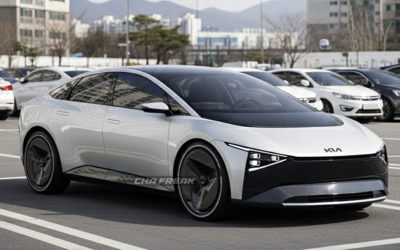Genesis Magma Racing has reached a significant milestone with the successful first fire-up of the Genesis GMR-001 Hypercar’s V-8 twin-turbo engine. The historic event took place at Hyundai Motorsport’s headquarters in Frankfurt, Germany, showcasing the strength of the collaboration between Genesis and Hyundai’s renowned motorsport division.
First Fire-Up Signals Major Progress in Genesis Hypercar Development
The inaugural ignition of the high-performance powertrain was overseen by Hyundai Motorsport’s Head of Powertrain Julien Moncet and Engine Workshop Leader Rob Benson. Taking place in late February, the event unfolded flawlessly, drawing cheers from the engineers and designers involved in its creation.
“This fire-up was the first ‘heartbeat’ of the GMR-001 project,” said Cyril Abiteboul, Team Principal of Genesis Magma Racing. “It’s a pivotal moment that brings our vision for the Genesis hypercar one step closer to reality.”
Hyundai Motorsport’s WRC Expertise Powers the GMR-001 Vision
Hyundai Motorsport’s in-house powertrain development — honed since 2017 in the World Rally Championship (WRC) — has laid the foundation for this new venture into endurance racing. Starting with just a handful of engineers in 2013, the team now includes dedicated departments for design, testing, software, and more.
“Hyundai Motorsport is the backbone of Genesis Magma Racing,” Abiteboul explained. “Developing the GMR-001’s engine in-house was a natural decision, leveraging the deep expertise we already have.”

Engine Architecture Informed by WRC Success
The new V-8 twin-turbo engine draws heavily from Hyundai Motorsport’s proven inline-four WRC engine, with the two sharing about 60% of their parts. Based on the FIA Global Race Engine regulations, this architecture offers a reliable, race-tested starting point.
“The inline-four is a very sophisticated and efficient engine,” said François-Xavier Demaison, Technical Director at Hyundai Motorsport. “Rallying is a form of endurance racing, so adapting this platform for Le Mans and the WEC was a logical step.”
Given the tight development timeline, reengineering the existing engine made sense. “It would have taken too long to design a new engine from scratch,” Demaison noted. “We focused on reusing and improving proven components.”
Four-Month Design Cycle Culminates in First Fire-Up
Design work on the V-8 engine began in June 2024 and concluded just four months later. By early 2025, the first engine assembly was completed — on time and on target.
Moncet emphasized the collaborative approach: “We worked hand-in-hand across simulation, design, and testing. That helped us adapt quickly and meet our fire-up schedule.”
Next Phase: Testing, Integration, and Endurance Validation
With the first fire-up complete, Genesis Magma Racing and Hyundai Motorsport are now transitioning into intensive bench testing. The engine will next be paired with the gearbox and hybrid unit, aligning with Le Mans Daytona h (LMDh) specifications.
“We’ll move from steady-state runs to long endurance tests, introducing more dynamic simulations to replicate real-world racing conditions,” Abiteboul explained. “This phase is critical for fine-tuning performance and ensuring reliability for 2026.”





